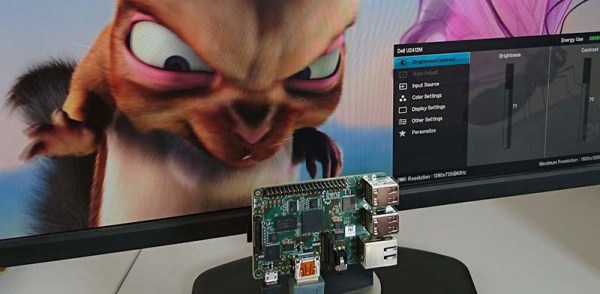Somehow or another, the Raspberry Pi has become a standardized form factor for single board computers. There are now Raspberry Pi-shaped objects that can do anything, and between the Odroid and bizarre Intel Atom-powered boards, everything you could ever want is now packaged into something that looks like a Raspberry Pi.
Except for one thing, of course, and that’s where [antti.lukats]’s entry for the 2016 Hackaday Prize comes in. He’s creating a version of the Raspberry Pi based on a chip that combines a fast ARM processor and an FPGA in one small package. It’s called the ZynqBerry and will, assuredly, become one of the best platforms to learn FPGA trickery on.
Xilinx’ Zynq comes with a dual-core ARM Cortex A9 running around 1GHZ, and from that fact alone should be about comparable to the original Raspberry Pi. Also inside the Zynq SoC is a very capable FPGA that [antti] is using to drive HDMI at 60hz, and can stream video from a Raspberry Pi camera to a display.
Last year for the Hackaday Prize, [antti] presented some very cool stuff, including a tiny FPGA development board no bigger than a DIP-8 chip. He’s hackaday.io’s resident FPGA wizard, and the ZynqBerry is the culmination of a lot of work over the past year or so. While it’s doubtful it will be as powerful as the latest Raspberry Pis and Pi clones, this is a phenomenal piece of work that puts an interesting twist on the usual FPGA development boards.




























